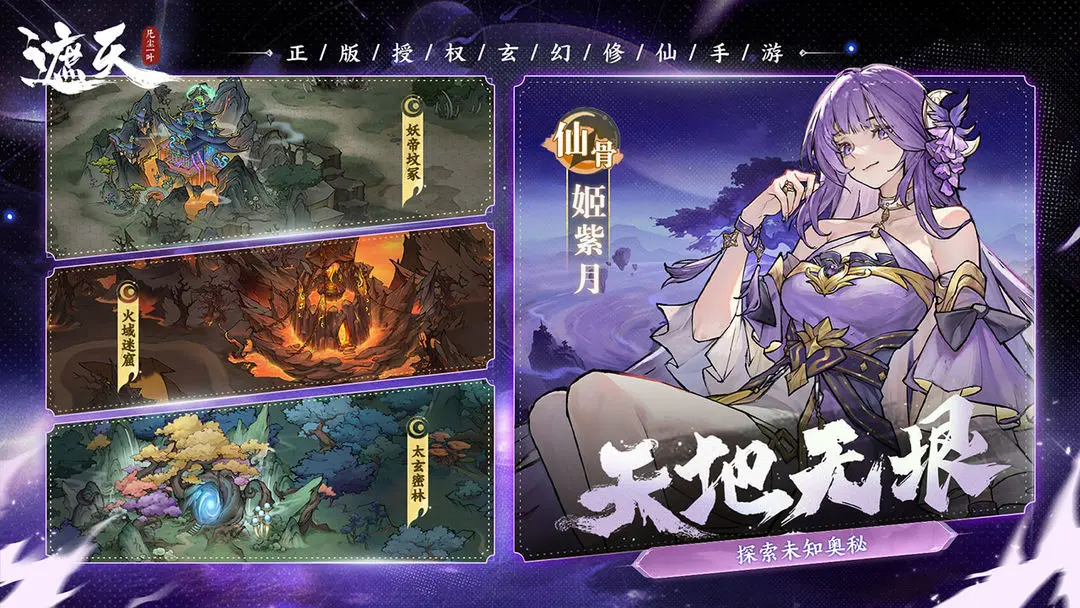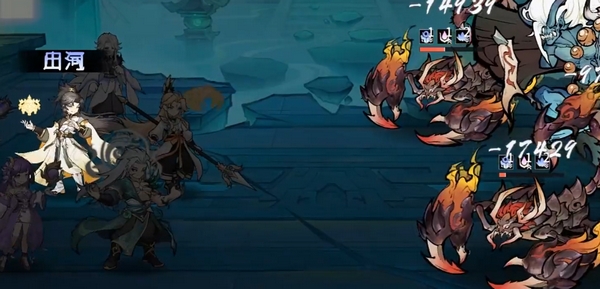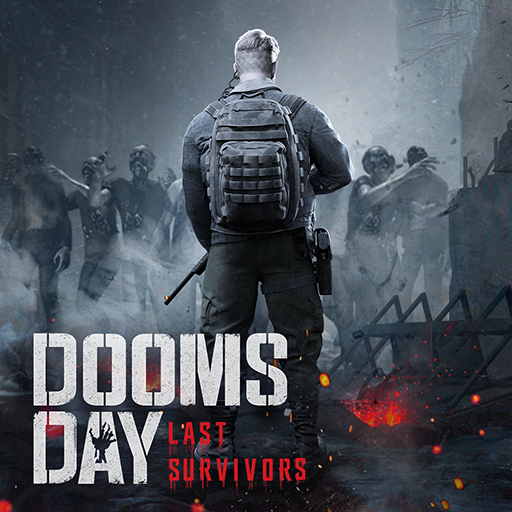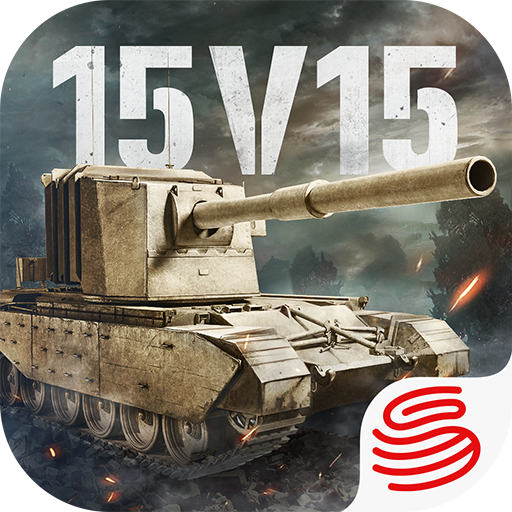Today, I'm bringing you an introduction to the strategy guide of Epic of Empires. In the realm of strategy mobile games, works based on historical backgrounds often attract players through grand narratives and deep strategic elements. Epic of Empires is a particularly distinctive one, blending convenient operations with random dynamic mechanisms, all set against the backdrop of the Three Kingdoms period. It creates a world of strategy full of variables, from plot choices to battlefield command, where each system in the game is interconnected, forming a complete gameplay system. Let's take a closer look together.
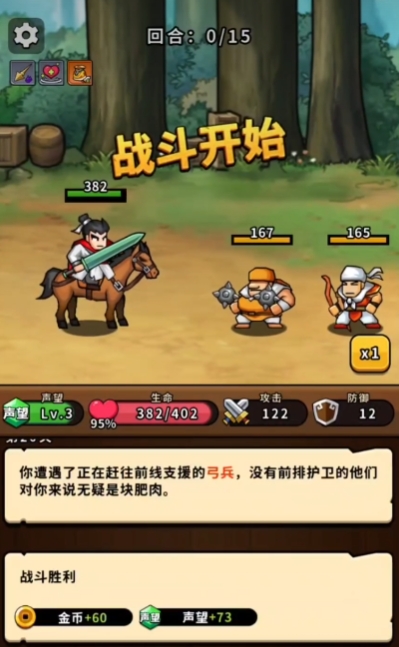
In terms of operation design, Epic of Empires adopts a lightweight single-hand operation logic, integrating core commands into an intuitive touch interface. The left side of the screen allows for character movement and perspective switching, while the right side concentrates key function buttons such as skill release, resource allocation, and army command. This layout enables players to operate smoothly even in mobile scenarios, whether it's urgently mobilizing troops to defend a stronghold or quickly using items to support the battlefield, with simple taps and swipes completing complex instructions. This greatly reduces the operational threshold, allowing new players to quickly get familiar with the basic gameplay and focus on strategic planning rather than operational skills.
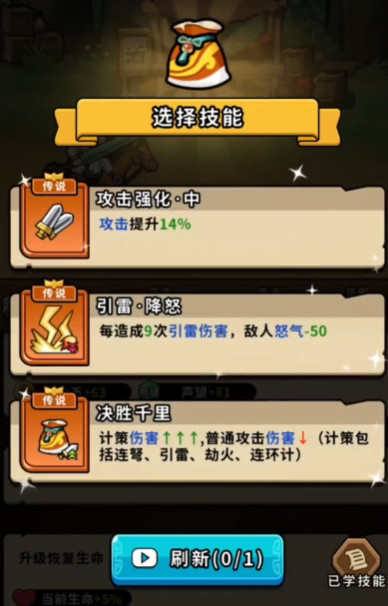
The plot system, as a crucial backbone of the game, constructs a vast narrative network based on the history of the Three Kingdoms. As players progress, they will continually encounter key decision points, from whether to accept a wandering strategist, whether to reinforce an ally's battlefield, to choosing between upholding righteousness or pursuing interests amidst power struggles. Each decision triggers a chain reaction, not only changing the course of the story but also affecting NPC trust, diplomatic relations among factions, and even unlocking exclusive story events and hidden generals. The random dynamic mechanism injects continuous freshness into the game, with each match's battlefield map and event triggers being completely randomly generated. These unpredictable elements force players to abandon fixed strategies and flexibly adjust their tactics.
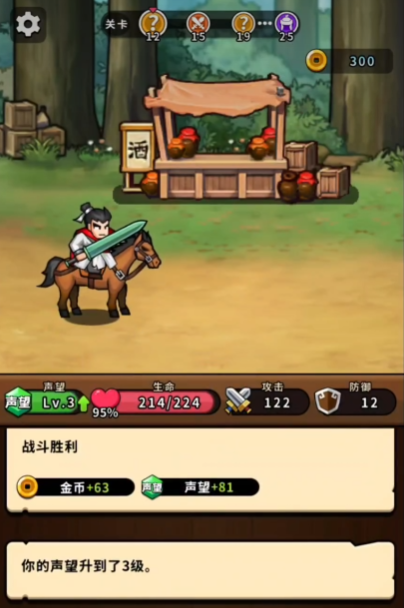
The hero and skill system presents a rich depth of strategy, featuring over 40 unique heroes categorized by their combat roles, such as damage dealers and supports. Each hero has its own unique skill mechanics; damage dealers excel at area-of-effect (AOE) attacks or single-target bursts, defensive heroes can build shields or taunt enemies, and support heroes provide healing, buffs, and other forms of assistance. As players level up, they gain skill cards, which not only enhance the base skills of heroes but can also trigger additional effects when combined. There are no fixed patterns for skill card combinations, allowing players to flexibly adjust according to battlefield needs, forming various tactical styles such as strong offense or sustained attrition.
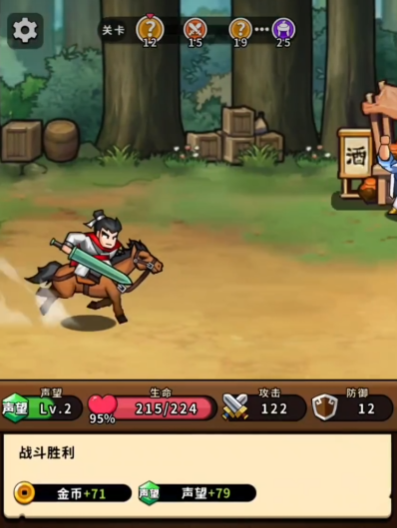
This concludes the introduction to the strategy guide of Epic of Empires. The hero skill system and terrain mechanics offer a wealth of tactical possibilities, while social interactions and event modes expand the game's long-term enjoyment. Whether you prefer solo strategic planning or team-based competitive play, there's a suitable path for every player.
